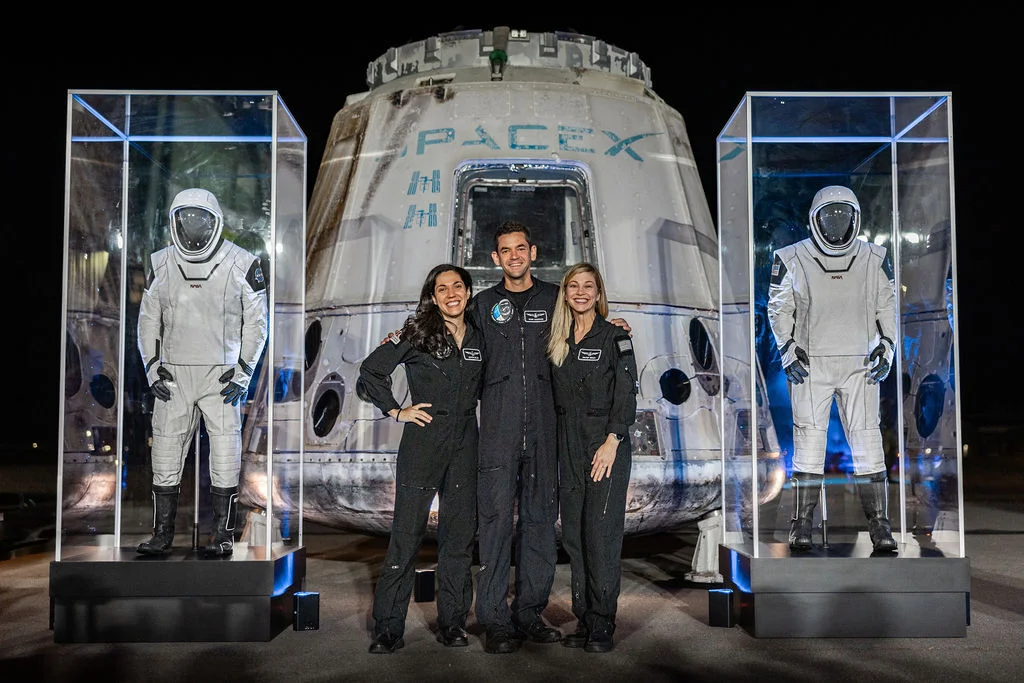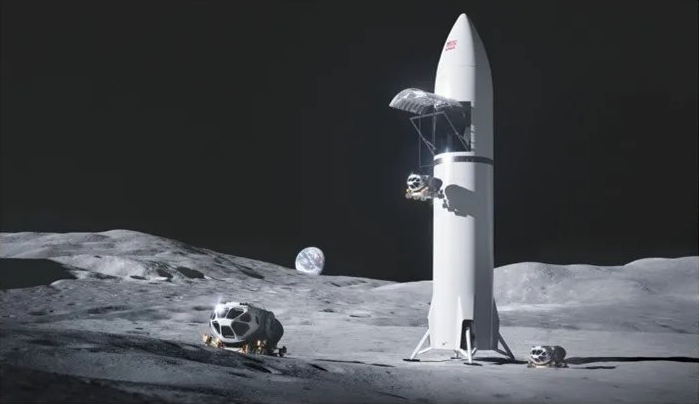
Polaris Dawn Crew Discusses Mission Milestones and the Future of Space Exploration
- Space Exploration
- September 8, 2024
- 1420
The Polaris Dawn mission, a groundbreaking five-day spaceflight, achieved a series of historic firsts, including the first private spacewalk, an orbital symphony performance, and nearly 40 scientific experiments. Commanded by Jared Isaacman, CEO of Shift4 Payments, this SpaceX-operated mission demonstrated the potential of private industry to expand human spaceflight capabilities.
Pioneering Feats in Space
Launched from NASA’s Kennedy Space Center in Florida, the crew of four aboard a SpaceX Dragon capsule reached an orbital altitude of 870 miles (1,400 km) — three times higher than the International Space Station and the farthest humans have traveled from Earth since Apollo. This altitude placed them in the Van Allen radiation belts, where they conducted experiments to better understand astronaut safety in such environments.
The mission’s highlights included a historic private spacewalk. Jared Isaacman and SpaceX engineer Sarah Gillis became the first private astronauts to exit a spacecraft, performing mobility tests in specially designed SpaceX extravehicular activity (EVA) suits.
Sarah Gillis, a classically trained violinist, also performed Rey’s Theme from Star Wars aboard the spacecraft. The performance, streamed to Earth via SpaceX’s Starlink system, raised funds for St. Jude Children’s Research Hospital and highlighted advancements in space-based communication.
Advanced Training and Teamwork
Preparing for Polaris Dawn required rigorous training, from scuba diving to fighter jet simulations. The crew also climbed Ecuador’s Mount Cotopaxi, honing their teamwork and adaptability under extreme conditions. Gillis and mission specialist Anna Menon reflected on the growth they experienced as a team, emphasizing the importance of collaboration in achieving their goals.
Why It Matters
Polaris Dawn was not just about setting records but about paving the way for future missions. The mission tested new EVA suit designs that could be mass-produced for Mars exploration. The Starlink communication system, showcased during the mission, has potential applications for lunar and deep-space missions, alleviating reliance on existing NASA infrastructure.
In addition, the crew conducted experiments addressing long-term astronaut health, such as studying spaceflight-associated neuro-ocular syndrome (SANS) and motion sickness. The findings could shape protocols for extended space missions involving larger crews.
Looking Ahead
Polaris Dawn is the first of three missions in the Polaris Program, culminating in the debut crewed flight of SpaceX’s Starship. While the timeline for the final mission is uncertain, Isaacman confirmed plans to build on the lessons learned from this mission. The second mission is expected to refine EVA suit designs and potentially introduce enhanced mobility features and life support systems.
Isaacman believes the advancements demonstrated during Polaris Dawn are critical for the future of commercial space exploration. “If we believe in a future where tens of thousands of people live and work in space, these capabilities must exist within the commercial sector,” he said.
As SpaceX continues its progress, Polaris Dawn signals a transformative era in human spaceflight, where private industry and scientific innovation intersect to make life among the stars a reality.



